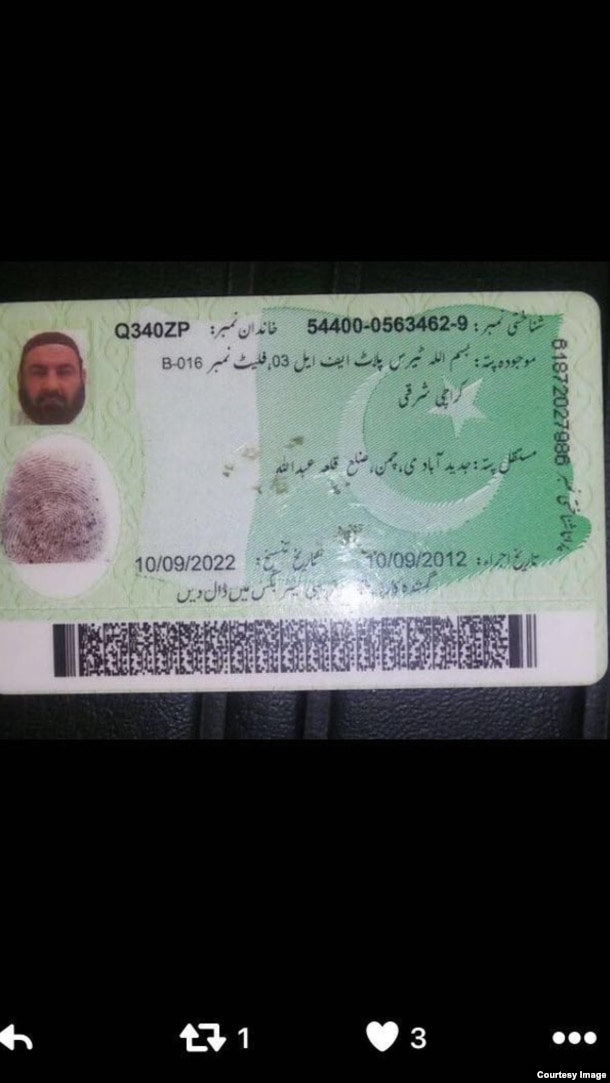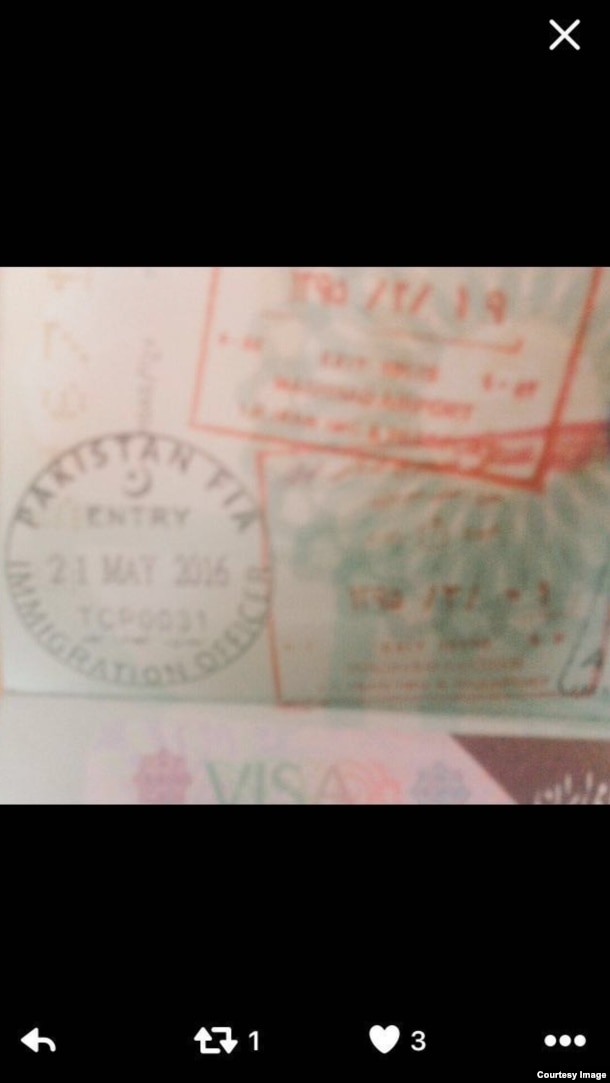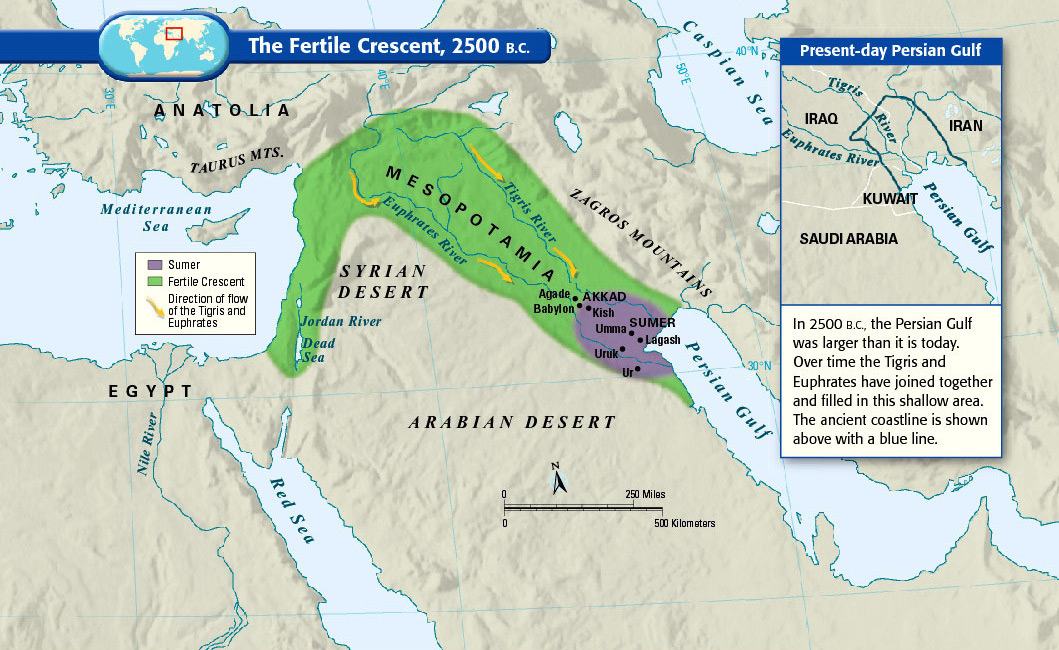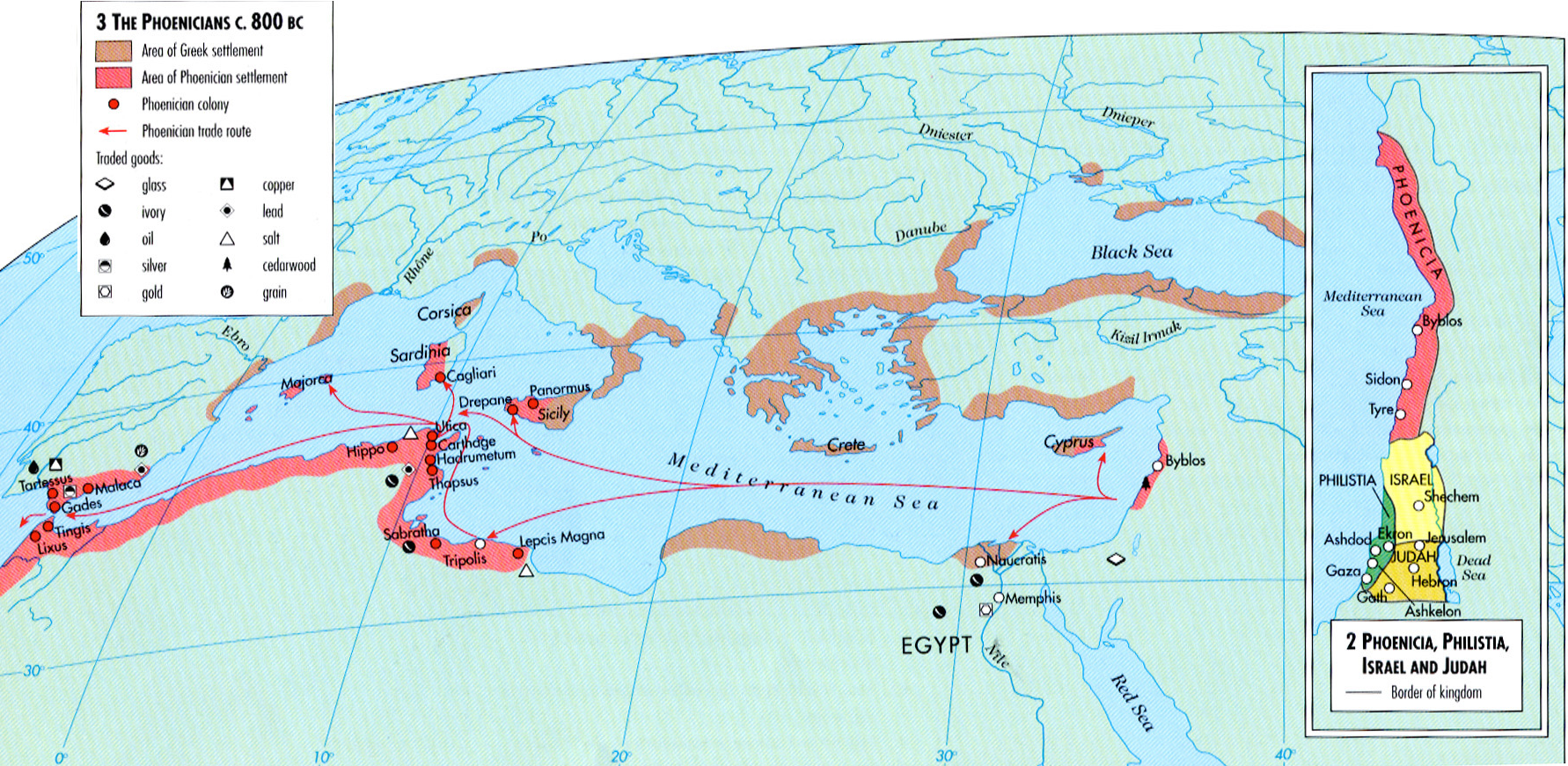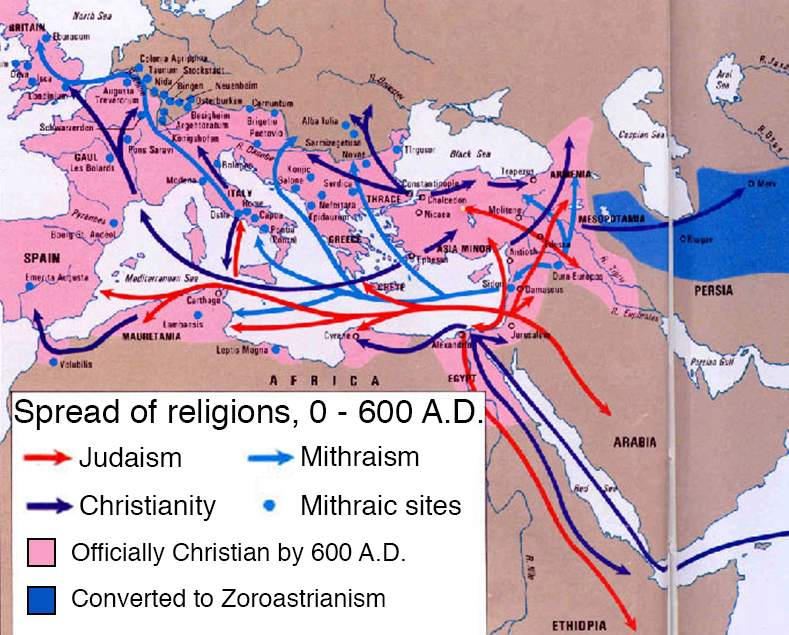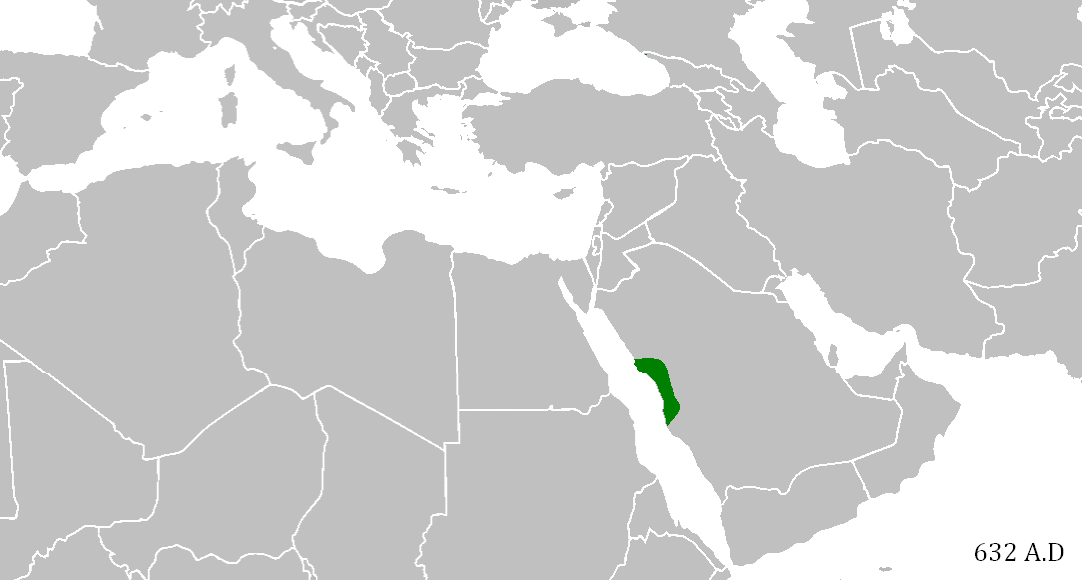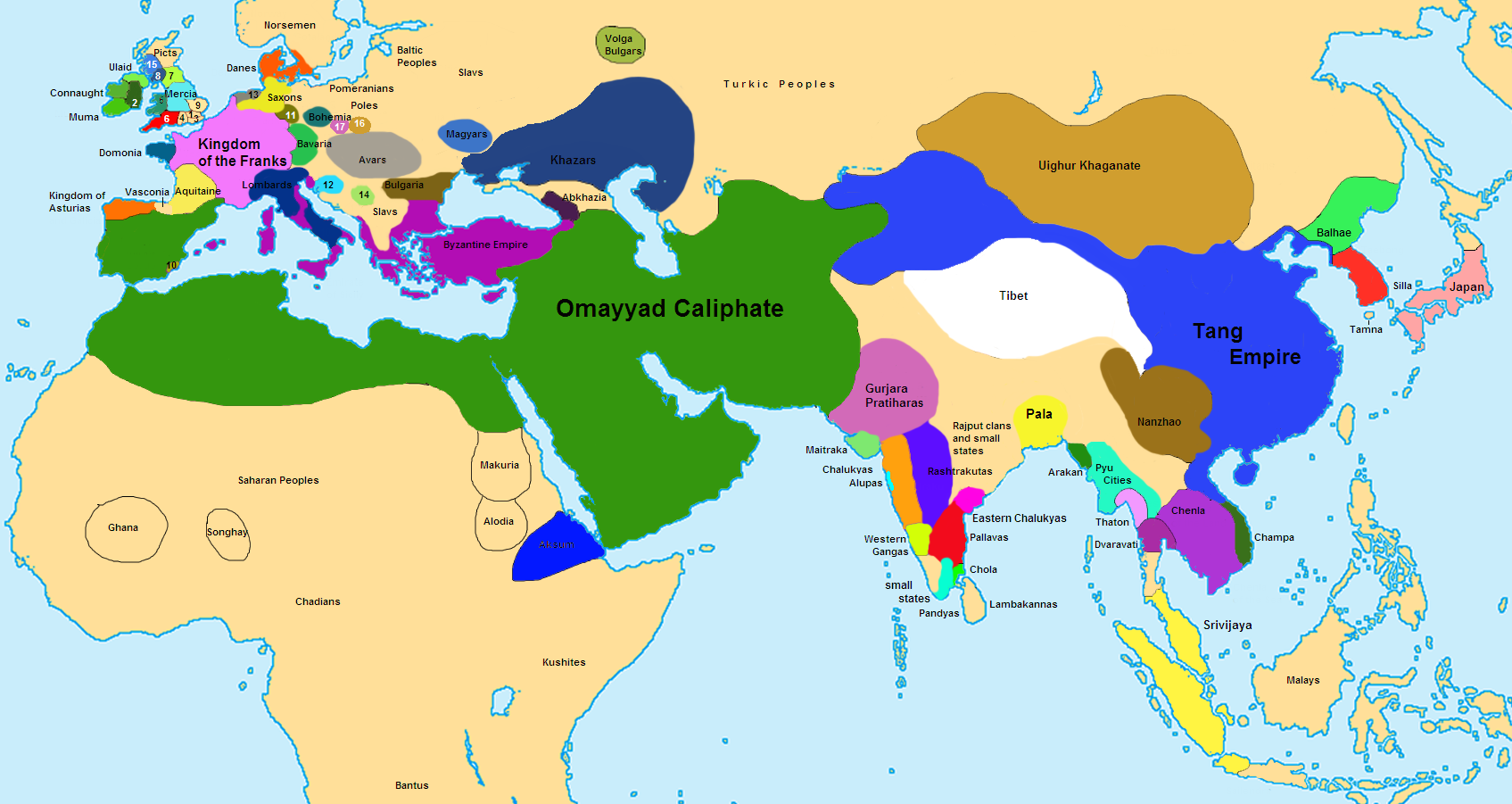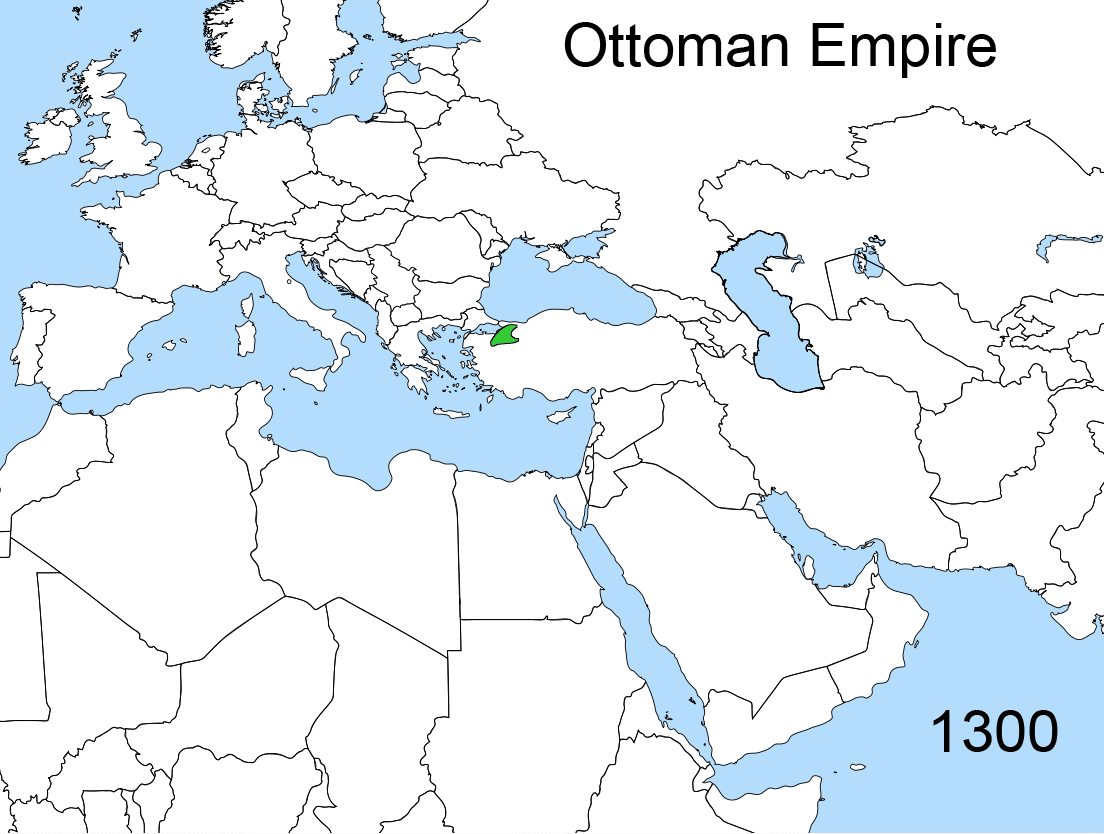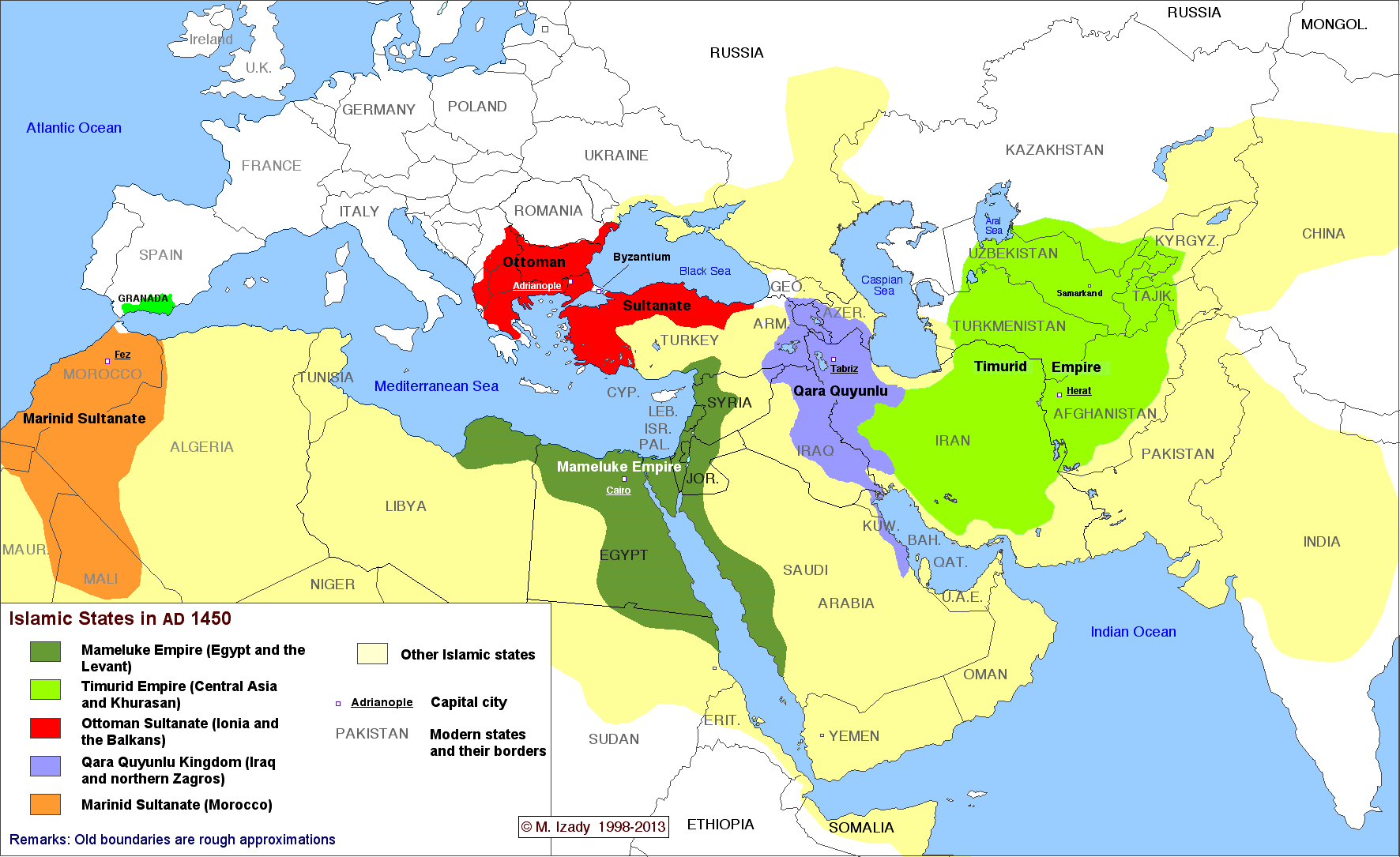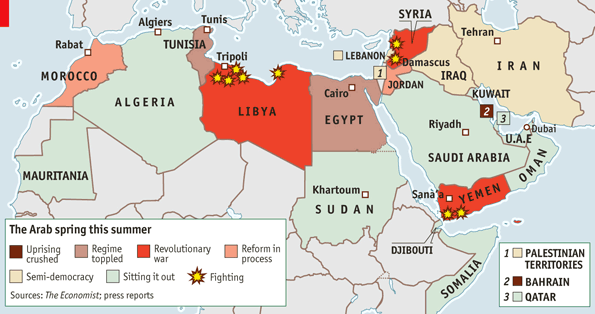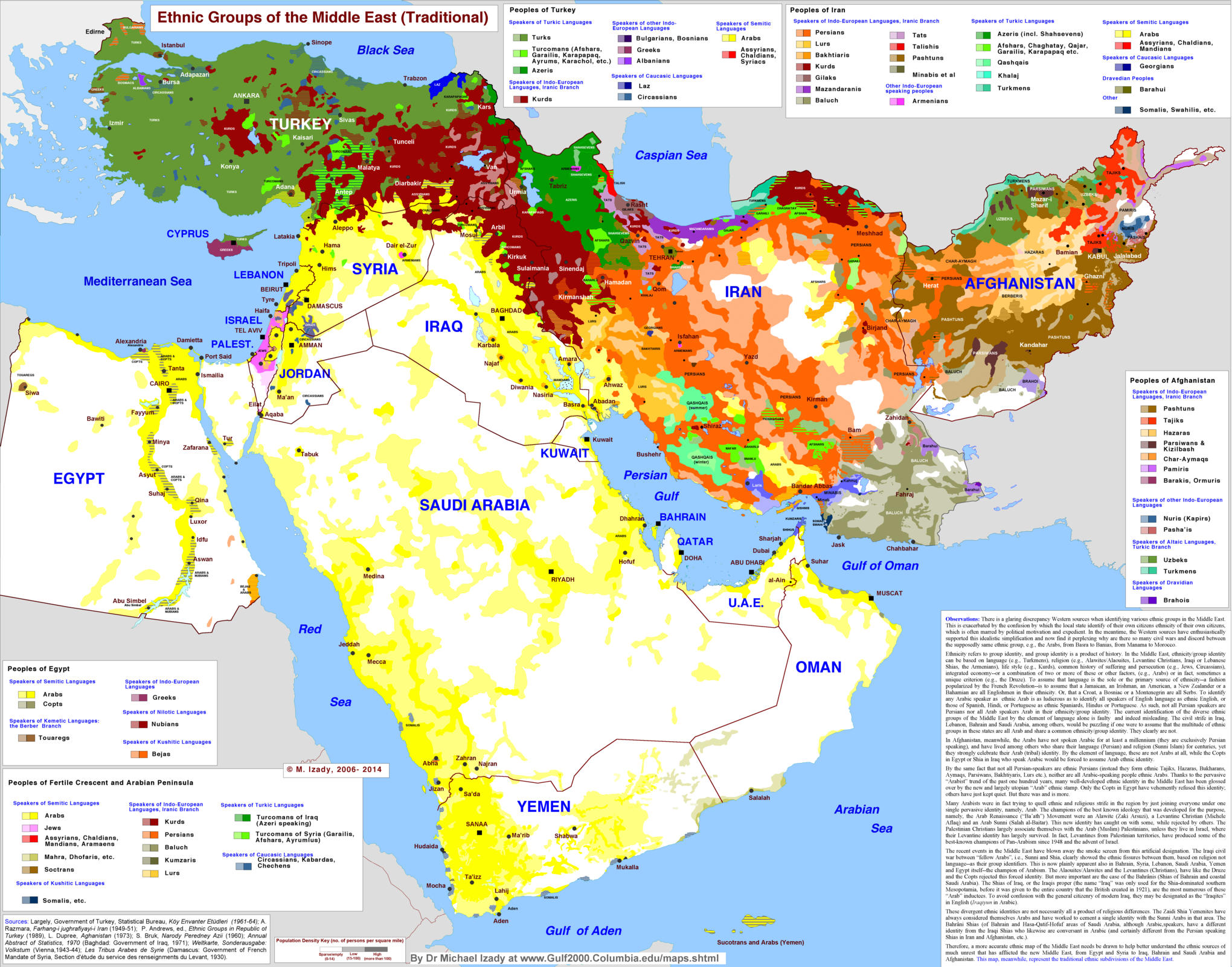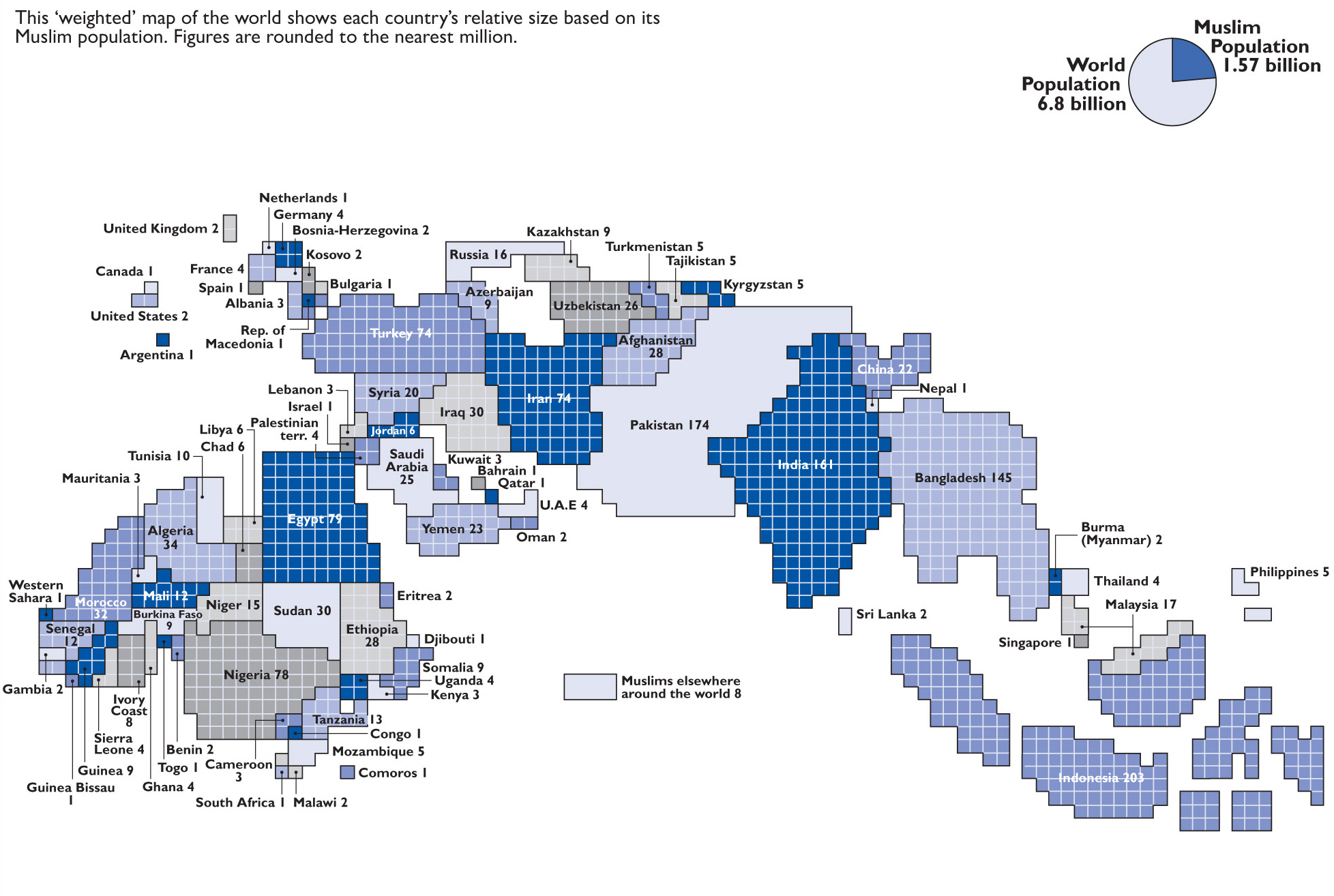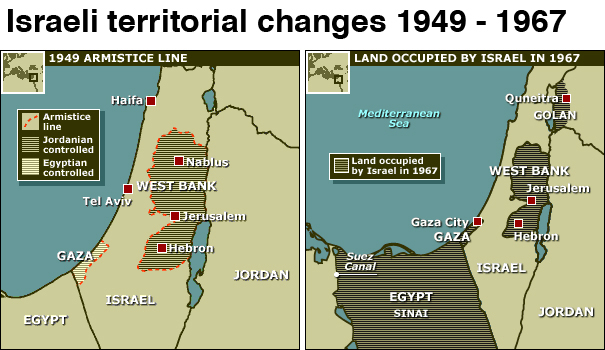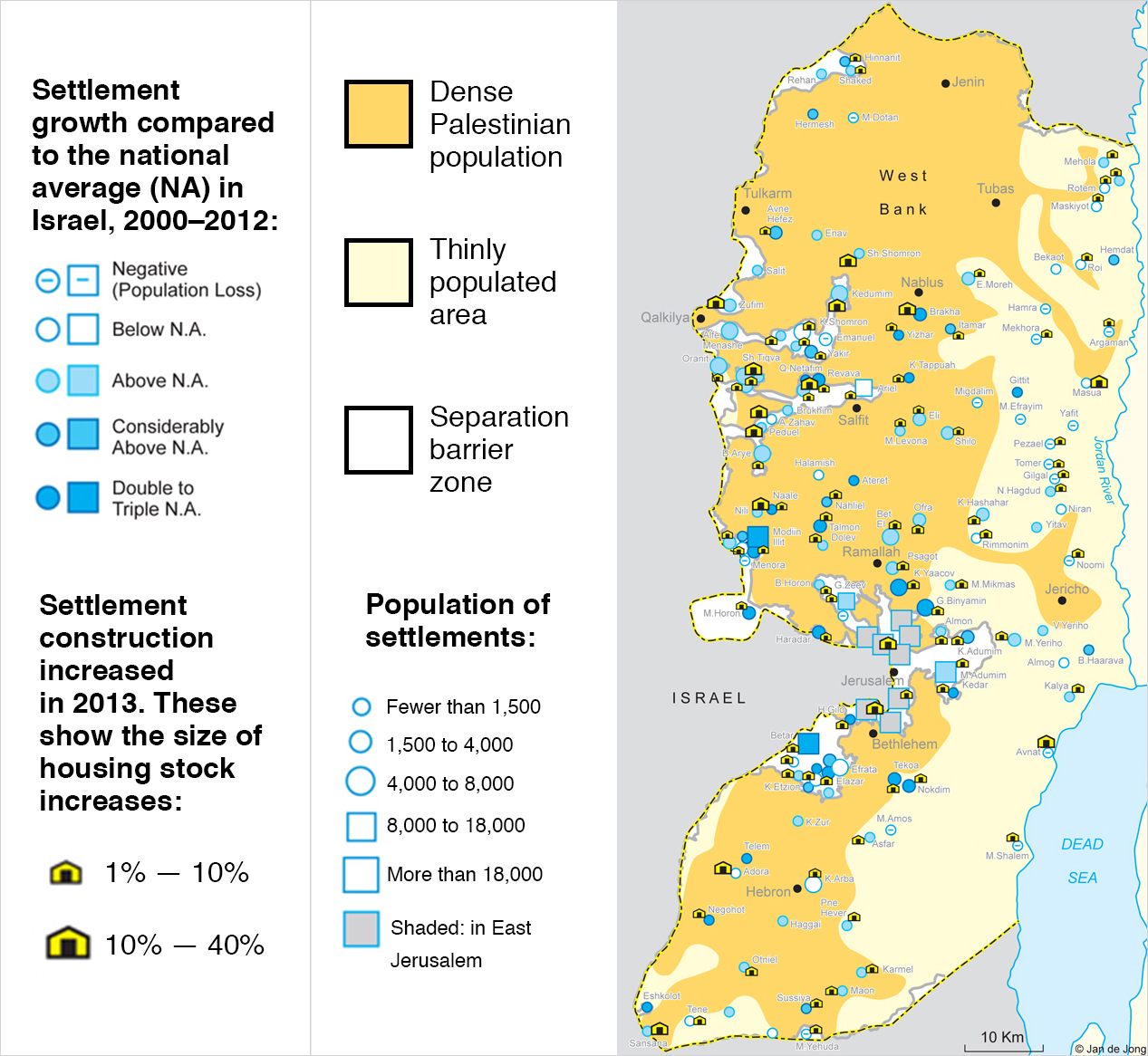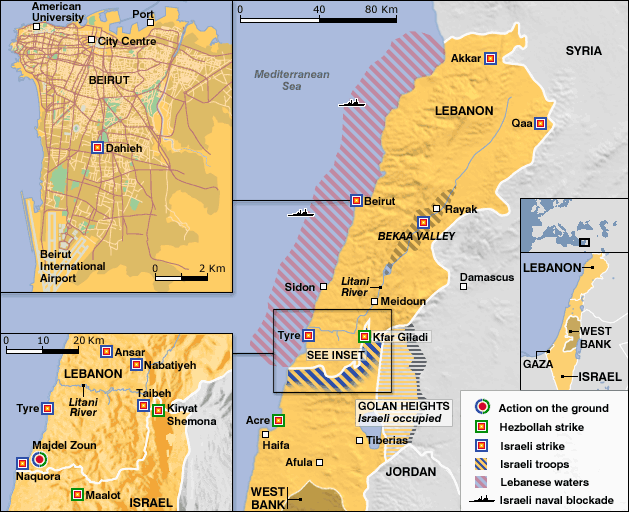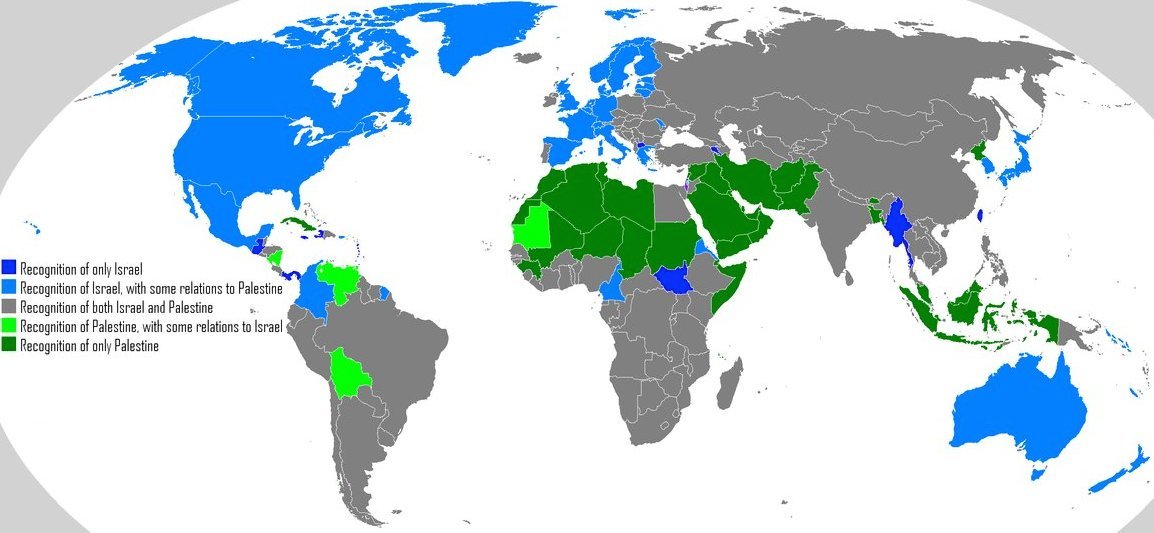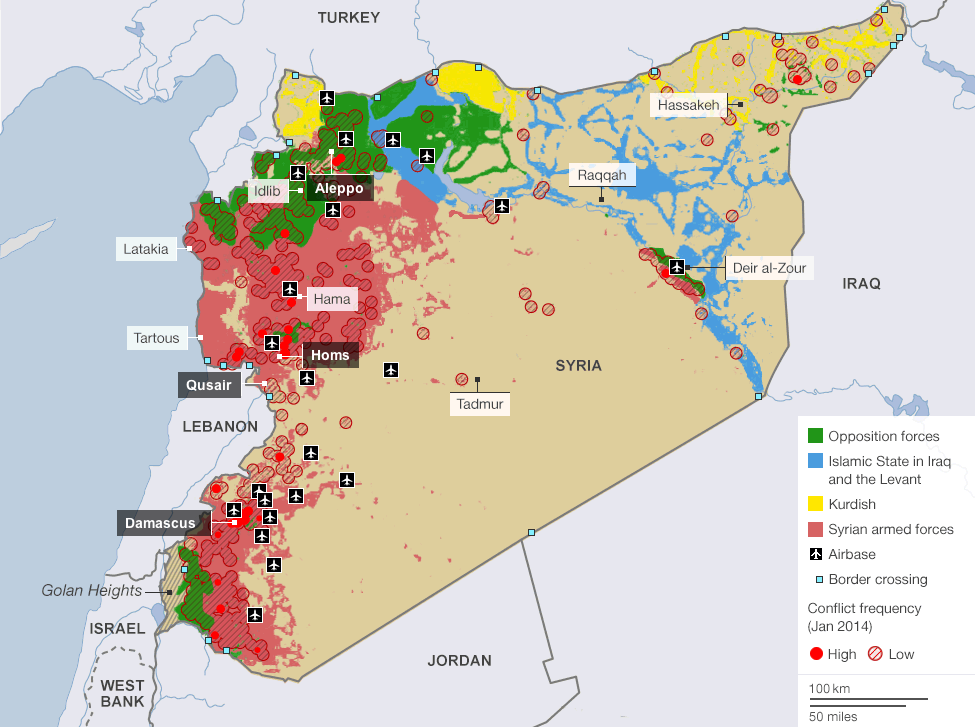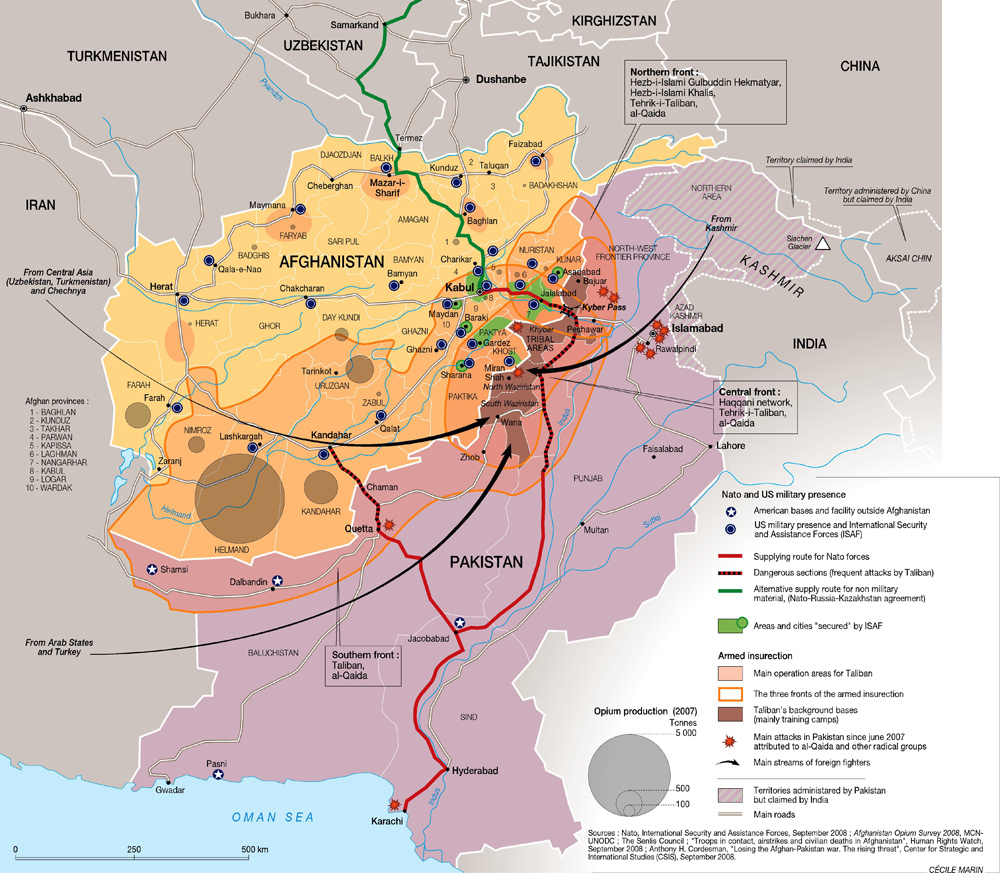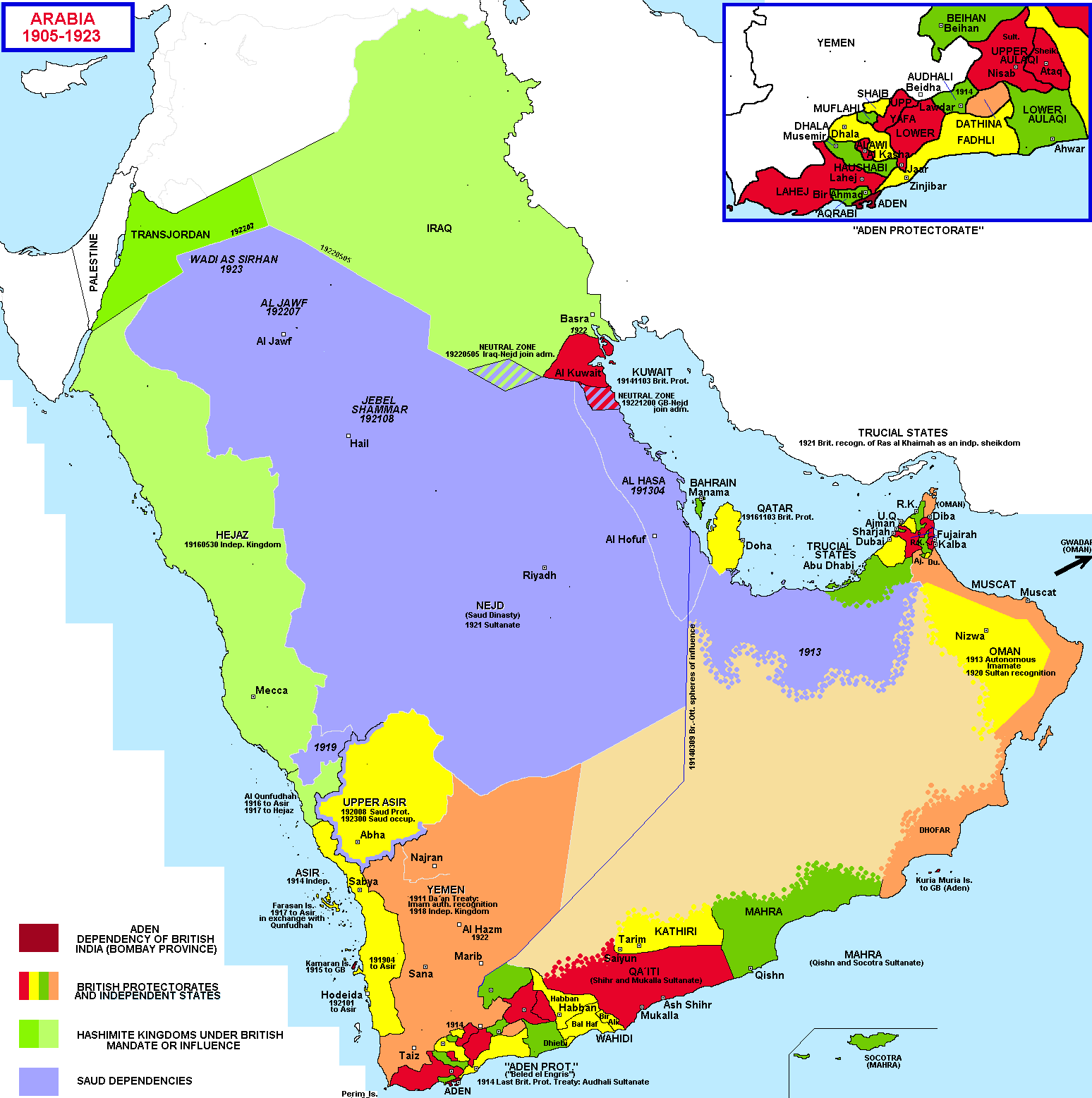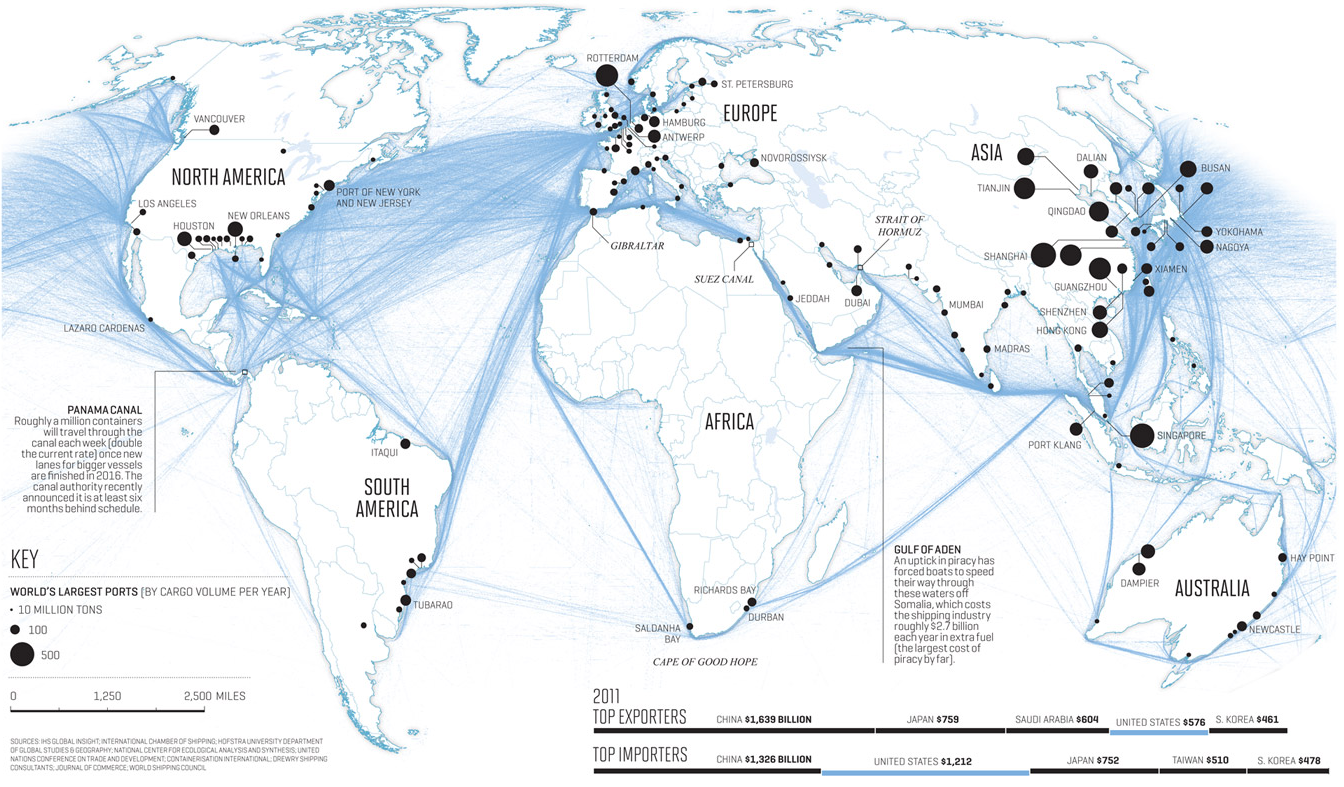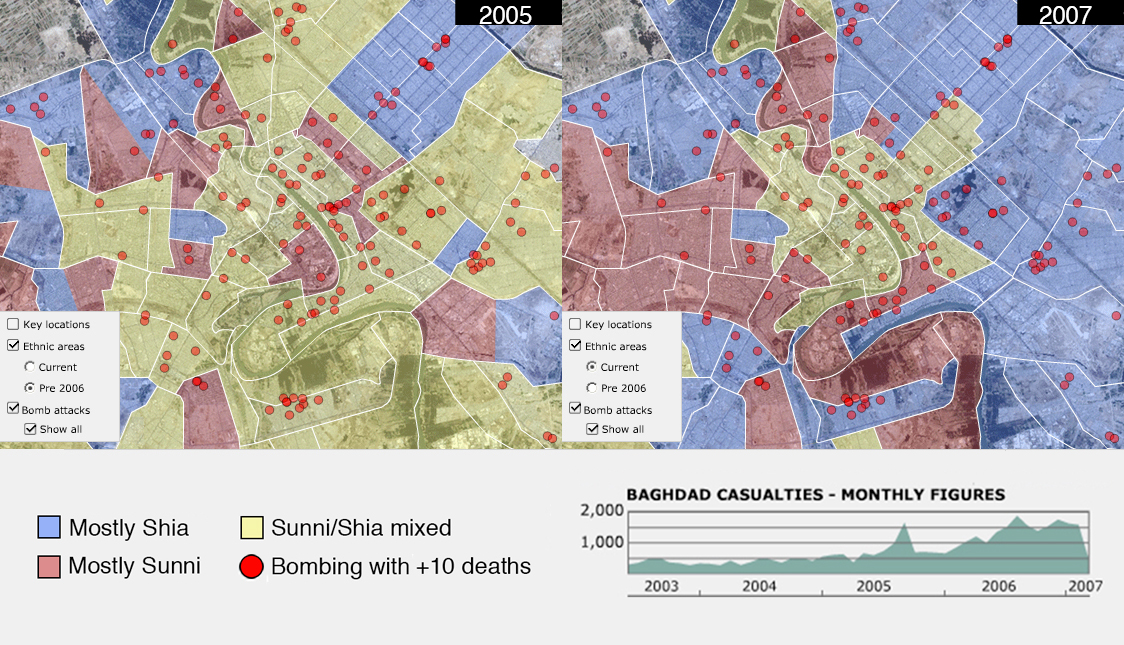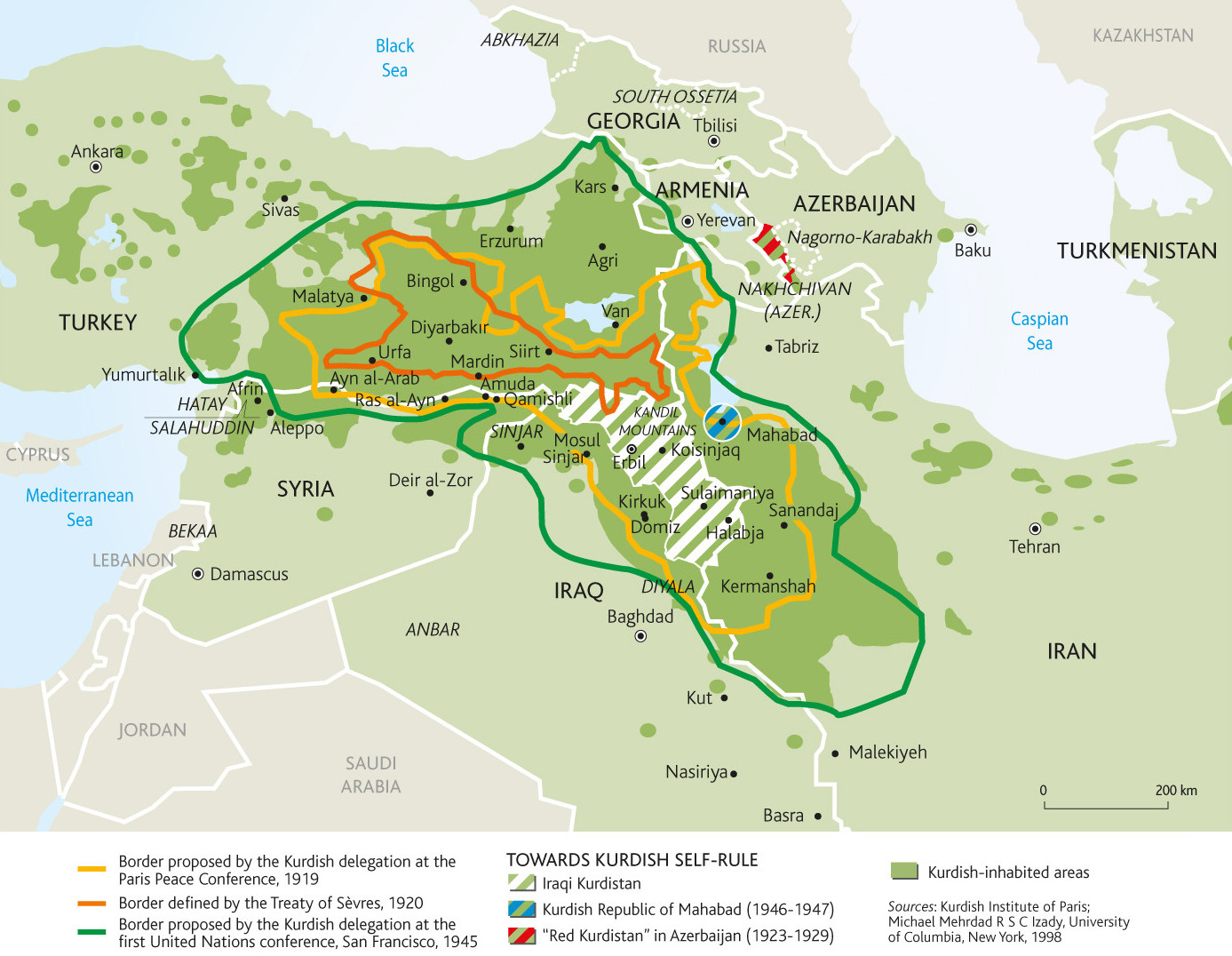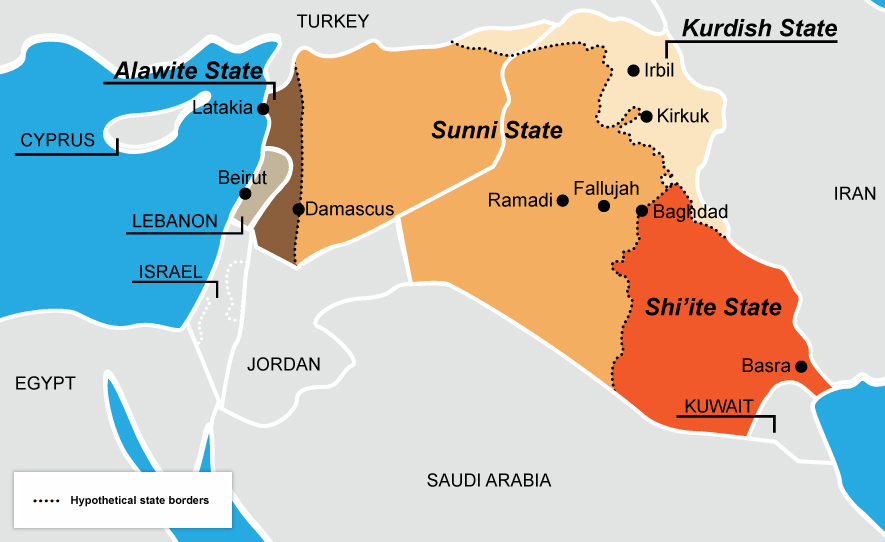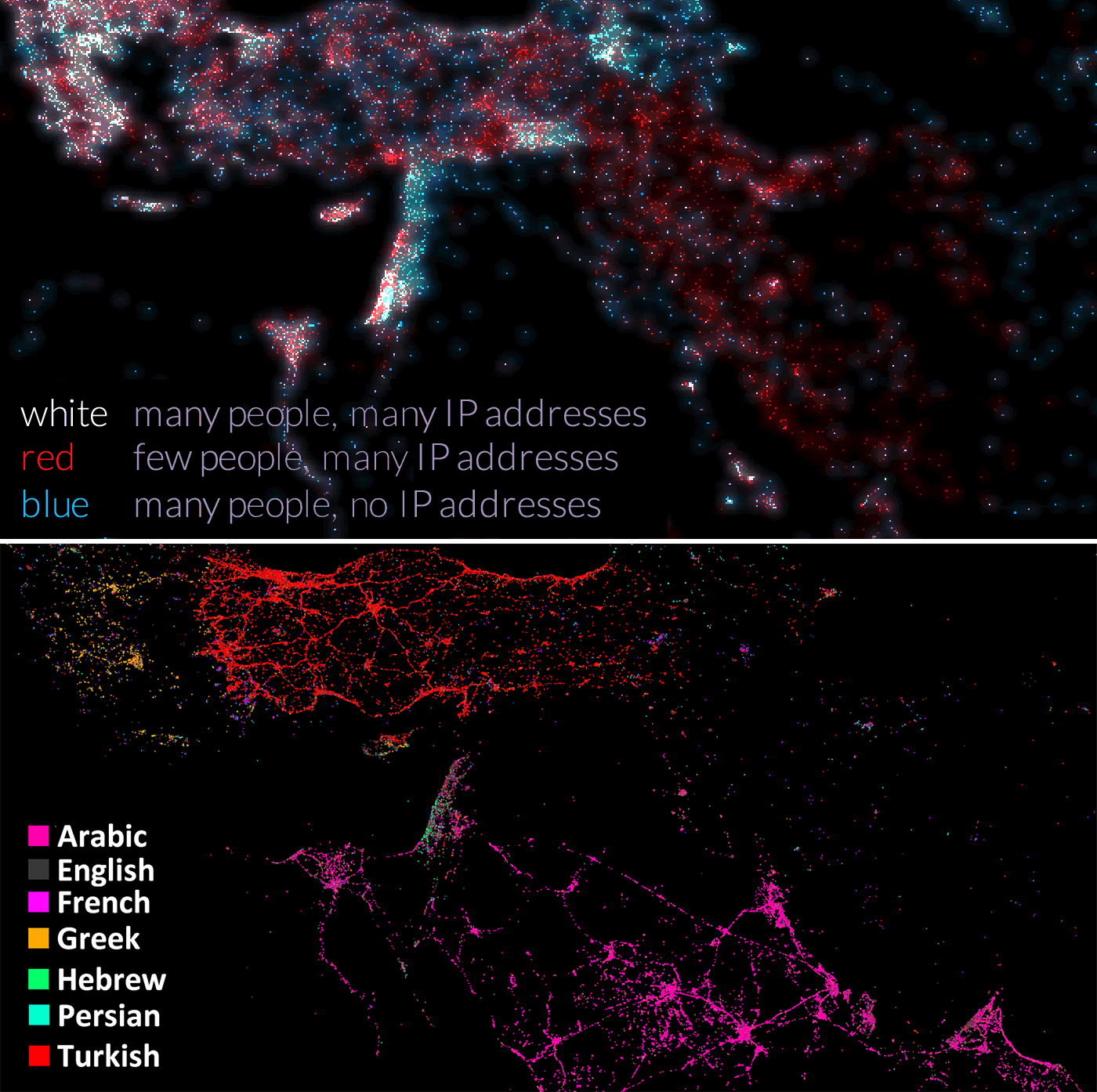Politico: In his signature book, The Art of the Deal, Donald Trump boasted that when he wanted to build a casino in Atlantic City, he persuaded the state attorney general to limit the investigation of his background to six months. Most potential owners were scrutinized for more than a year. Trump argued that he was “clean as a whistle”—young enough that he hadn’t had time to get into any sort of trouble. He got the sped-up background check, and eventually got the casino license.

But Trump was not clean as a whistle. Beginning three years earlier, he’d hired mobbed-up firms to erect Trump Tower and his Trump Plaza apartment building in Manhattan, including buying ostensibly overpriced concrete from a company controlled by mafia chieftains Anthony “Fat Tony” Salerno and Paul Castellano. That story eventually came out in a federal investigation, which also concluded that in a construction industry saturated with mob influence, the Trump Plaza apartment building most likely benefited from connections to racketeering. Trump also failed to disclose that he was under investigation by a grand jury directed by the U.S. attorney in Brooklyn, who wanted to learn how Trump obtained an option to buy the Penn Central railroad yards on the West Side of Manhattan.
Why did Trump get his casino license anyway? Why didn’t investigators look any harder? And how deep did his connections to criminals really go?
These questions ate at me as I wrote about Atlantic City for The Philadelphia Inquirer, and then went more deeply into the issues in a book, Temples of Chance: How America Inc. Bought Out Murder Inc. to Win Control of the Casino Business. In all, I’ve covered Donald Trump off and on for 27 years, and in that time I’ve encountered multiple threads linking Trump to organized crime. Some of Trump’s unsavory connections have been followed by investigators and substantiated in court; some haven’t. And some of those links have continued until recent years, though when confronted with evidence of such associations, Trump has often claimed a faulty memory. In an April 27 phone call to respond to my questions for this story, Trump told me he did not recall many of the events recounted in this article and they “were a long time ago.” He also said that I had “sometimes been fair, sometimes not” in writing about him, adding “if I don’t like what you write, I’ll sue you.”
I’m not the only one who has picked up signals over the years. Wayne Barrett, author of a 1992 investigative biography of Trump’s real-estate dealings, has tied Trump to mob and mob-connected men.
No other candidate for the White House this year has anything close to Trump’s record of repeated social and business dealings with mobsters, swindlers, and other crooks. Professor Douglas Brinkley, a presidential historian, said the closest historical example would be President Warren G. Harding and Teapot Dome, a bribery and bid-rigging scandal in which the interior secretary went to prison. But even that has a key difference: Harding’s associates were corrupt but otherwise legitimate businessmen, not mobsters and drug dealers.
This is part of the Donald Trump story that few know. As Barrett wrote in his book, Trump didn’t just do business with mobbed-up concrete companies: he also probably met personally with Salerno at the townhouse of notorious New York fixer Roy Cohn, in a meeting recounted by a Cohn staffer who told Barrett she was present. This came at a time when other developers in New York were pleading with the FBI to free them of mob control of the concrete business.
From the public record and published accounts like that one, it’s possible to assemble a clear picture of what we do know. The picture shows that Trump’s career has benefited from a decades-long and largely successful effort to limit and deflect law enforcement investigations into his dealings with top mobsters, organized crime associates, labor fixers, corrupt union leaders, con artists and even a one-time drug trafficker whom Trump retained as the head of his personal helicopter service.
Now that he’s running for president, I pulled together what’s known – piecing together the long history of federal filings, court records, biographical anecdotes, and research from my and Barrett’s files. What emerges is a pattern of business dealings with mob figures—not only local figures, but even the son of a reputed Russian mob boss whom Trump had at his side at a gala Trump hotel opening, but has since claimed under oath he barely knows.
Neither Trump’s campaign spokesperson, Hope Hicks, nor Jason Greenblatt, the executive vice president and chief legal officer at the Trump Organization, responded to several emailed requests for comment on the issues raised in this article.
Here, as close as we can get to the truth, is what really happened.

***
After graduating in 1968 from the University of Pennsylvania, a rich young man from the outer boroughs of New York City sought his fortune on the island of Manhattan. Within a few years Donald J. Trump had made friends with the city’s most notorious fixer, lawyer Roy Cohn, who had become famous as lead counsel to Senator Joseph McCarthy. Among other things Cohn was now a mob consigliere, with clients including “Fat Tony” Salerno, boss of the Genovese crime family, the most powerful Mafia group in New York, and Paul Castellano, head of what was said to be the second largest family, the Gambinos.
This business connection proved useful when Trump began work on what would become Trump Tower, the 58-story high-rise where he still lives when he’s not at his Florida estate.
There was something a little peculiar about the construction of Trump Tower, and subsequent Trump projects in New York. Most skyscrapers are steel girder construction, and that was especially true in the 1980s, says John Cross of the American Iron & Steel Institute. Some use pre-cast concrete. Trump chose a costlier and in many ways riskier method: ready-mix concrete. Ready-mix has some advantages: it can speed up construction, and doesn’t require costly fireproofing. But it must be poured quickly or it will harden in the delivery truck drums, ruining them as well as creating costly problems with the building itself. That leaves developers vulnerable to the unions: the worksite gate is union controlled, so even a brief labor slowdown can turn into an expensive disaster.
Salerno, Castellano and other organized crime figures controlled the ready-mix business in New York, and everyone in construction at the time knew it. So did government investigators trying to break up the mob, urged on by major developers such as the LeFrak and Resnick families. Trump ended up not only using ready-mix concrete, but also paying what a federal indictment of Salerno later concluded were inflated prices for it – repeatedly – to S & A Concrete, a firm Salerno and Castellano owned through fronts, and possibly to other mob-controlled firms. As Barrett noted, by choosing to build with ready-mix concrete rather than other materials, Trump put himself “at the mercy of a legion of concrete racketeers.”

Salerno and Castellano and other mob families controlled both the concrete business and the unions involved in delivering and pouring it. The risks this created became clear from testimony later by Irving Fischer, the general contractor who built Trump Tower. Fischer said concrete union “goons” once stormed his offices, holding a knife to throat of his switchboard operator to drive home the seriousness of their demands, which included no-show jobs during construction of Trump Tower.
But with Cohn as his lawyer, Trump apparently had no reason to personally fear Salerno or Castellano—at least, not once he agreed to pay inflated concrete prices. What Trump appeared to receive in return was union peace. That meant the project would never face costly construction or delivery delays.
The indictment on which Salerno was convicted in 1988 and sent to prison, where he died, listed the nearly $8 million contract for concrete at Trump Plaza, an East Side high-rise apartment building, as one of the acts establishing that S &A was part of a racketeering enterprise. (While the concrete business was central to the case, the trial also proved extortion, narcotics, rigged union elections and murders by the Genovese and Gambino crime families in what Michael Chertoff, the chief prosecutor, called “the largest and most vicious criminal business in the history of the United States.”)
FBI agents subpoenaed Trump in 1980 to ask about his dealing with John Cody, a Teamsters official described by law enforcement as a very close associate of the Gambino crime family. The FBI believed that Cody previously had obtained free apartments from other developers. FBI agents suspected that Cody, who controlled the flow of concrete trucks, might get a free Trump Tower apartment. Trump denied it. But a female friend of Cody’s, a woman with no job who attributed her lavish lifestyle to the kindness of friends, bought three Trump Tower apartments right beneath the triplex where Donald lived with his wife Ivana. Cody stayed there on occasion and invested $500,000 in the units. Trump, Barrett reported, helped the woman get a $3 million mortgage without filling out a loan application or showing financials.
In the summer of 1982 Cody, then under indictment, ordered a citywide strike—but the concrete work continued at Trump Tower. After Cody was convicted of racketeering, imprisoned and lost control of the union, Trump sued the woman for $250,000 for alteration work. She countersued for $20 million and in court papers accused Trump of taking kickbacks from contractors, asserting this could “be the basis of a criminal proceeding requiring an attorney general’s investigation” into Trump. Trump then quickly settled, paying the woman a half-million dollars. Trump said at the time and since then that he hardly knew those involved and there was nothing improper his dealings with Cody or the woman.
***
There were other irregularities in Trump’s first big construction project. In 1979, when Trump hired a demolition contractor to take down the Bonwit Teller department store to make way for Trump Tower, he hired as many as 200 non-union men to work alongside about 15 members of the House Wreckers Union Local 95. The non-union workers were mostly illegal Polish immigrants paid $4 to $6 per hour with no benefits, far below the union contract. At least some of them did not use power tools but sledgehammers, working 12 hours a day or more and often seven days a week. Known as the “Polish brigade,” many didn’t wear hard hats. Many slept on the construction site.
Normally the use of nonunion workers at a union job site would have guaranteed a picket line. Not at this site, however. Work proceeded because the Genovese family principally controlled the union; this was demonstrated by extensive testimony, documents and convictions in federal trials, as well as a later report by the New York State Organized Crime Task Force.
When the Polish workers and a union dissident sued for their pay and benefits, Trump denied any knowledge that illegal workers without hard hats were taking down Bonwit with sledgehammers. The trial, however, demonstrated otherwise: Testimony showed that Trump panicked when the nonunion Polish men threatened a work stoppage because they had not been paid. Trump turned to Daniel Sullivan, a labor fixer and FBI informant, who told him to fire the Polish workers.
Trump knew the Polish brigade was composed of underpaid illegal immigrants and that S&A was a mob-owned firm, according to Sullivan and others. “Donald told me that he was having his difficulties and he admitted to me that — seeking my advice — that he had some illegal Polish employees on the job. I reacted by saying to Donald that ‘I think you are nuts,'” Sullivan testified at the time. “I told him to fire them promptly if he had any brains.” In an interview later, Sullivan told me the same thing.
In 1991, a federal judge, Charles E. Stewart Jr., ruled that Trump had engaged in a conspiracy to violate a fiduciary duty, or duty of loyalty, to the workers and their union and that the “breach involved fraud and the Trump defendants knowingly participated in his breach.” The judge did not find Trump’s testimony to be sufficiently credible and set damages at $325,000. The case was later settled by negotiation, and the agreement was sealed.
While Trump’s buildings were going up in Manhattan, he was entering a highly regulated industry in New Jersey – one that had the responsibility, and the means, to investigate him and bring the facts to light.
From the beginning, Trump tried to have it both ways. While he leveraged Roy Cohn’s mob contacts in New York, he was telling the FBI he wanted nothing to do with organized crime in Atlantic City, and even proposed putting an undercover FBI agent in his casinos. In April of 1981, when he was considering building a New Jersey casino, he expressed concern about his reputation in a meeting with the FBI, according to an FBI document in my possession and which the site Smoking Gun also posted. “Trump advised Agents that he had read in the press media and had heard from various acquaintances that Organized Crime elements were known to operate in Atlantic City,” the FBI recorded. “Trump also expressed at this meeting the reservation that his life and those around him would be subject to microscopic examination. Trump advised that he wanted to build a casino in Atlantic City but he did not wish to tarnish his family’s name.”
Part of the licensing process was supposed to be a deep investigation into his background, taking more than a year for would-be casino owners, but Trump managed to cut that short. As he told the story in The Art of the Deal, in 1981 he threatened to not build in Atlantic City unless New Jersey’s attorney general, John Degnan, limited the investigation to six months. Degnan was worried that Trump might someday get approval for a casino at the Grand Hyatt Hotel in Manhattan, which could have crushed Atlantic City’s lucrative gaming industry, so Degnan agreed to Trump’s terms. Trump seemingly paid Degnan back by becoming an ardent foe of gambling anywhere in the East except Atlantic City—a position that obviously protected his newfound business investment as well, of course.
Trump was required to disclose any investigations in which he might have been involved in the past, even if they never resulted in charges. Trump didn’t disclose a federal grand jury inquiry into how he obtained an option to buy the Penn Central railroad yards on the West Side of Manhattan. The failure to disclose either that inquiry or the Cody inquiry probably should have disqualified Trump from receiving a license under the standards set by the gaming authorities.
Once Trump was licensed in 1982, critical facts that should have resulted in license denial began emerging in Trump’s own books and in reports by Barrett—an embarrassment for the licensing commission and state investigators, who were supposed to have turned these stones over. Forced after the fact to look into Trump’s connections, the two federal investigations he failed to reveal and other matters, the New Jersey Division of Gaming Enforcement investigators circled the wagons to defend their work. First they dismissed as unreliable what mobsters, corrupt union bosses and Trump’s biggest customer, among others, had said to Barrett, to me and other journalists and filmmakers about their dealings with Trump. The investigators’ reports showed that they then put Trump under oath. Trump denied any misconduct or testified that he could not remember. They took him at his word. That meant his casino license was secure even though others in the gambling industry, including low-level licensees
like card dealers, had been thrown out for far less.
This lapse illustrated a fundamental truth about casino regulation at the time: Once the state licensed an owner, the Division of Gaming Enforcement had a powerful incentive not to overturn its initial judgment. State officials recited like a mantra their promise that New Jersey casinos were the most highly regulated business in American history, more tightly regulated than nuclear power plants. In Temples of
Chance I showed that this reputation often owed less to careful enforcement than to their willingness to look the other way when problems arose.
***
In 1986, three years after Trump Tower opened, Roy Cohn was disbarred for attempting to steal from a client, lying and other conduct that an appellate court found “particularly reprehensible.”
Trump testified that Cohn, who was dying from AIDS, was a man of good character who should keep his license to practice law.
This was not the only time Trump went to bat publicly for a criminal. He has also spoken up for Shapiro and Sullivan. And then there was the case of Joseph Weichselbaum, an embezzler who ran Trump’s personal helicopter service and ferried his most valued clientele.
Trump and Weichselbaum were so close, Barrett reported in his book, that Weichselbaum told his parole officer about how he knew Trump was hiding his mistress, Marla Maples, from his first wife, Ivana, and tried to persuade Trump to end their years-long affair.
Trump’s casinos retained Weichselbaum’s firm to fly high rollers to Atlantic City. Weichselbaum was indicted in Ohio on charges of trafficking in marijuana and cocaine. The head of one of Trump’s casinos was notified of the indictment in October 1985, but Trump continued using Weichselbaum—conduct that again could have cost Trump his casino license had state regulators pressed the matter, because casino owners were required to distance themselves from any hint of crime. Just two months later Trump rented an apartment he owned in the Trump Plaza apartment building in Manhattan to the pilot and his brother for $7,000 a month in cash and flight services. Trump also continued paying Weichselbaum’s firm even after it went bankrupt.
Weichselbaum, who in 1979 had been caught embezzling and had to repay the stolen money, pleaded guilty to two felonies.
Donald Trump vouched for Weichselbaum before his sentencing, writing that the drug trafficker is “a credit to the community” who was “conscientious, forthright, and diligent.” And while Weichselbaum’s confederates got as many as 20 years, Weichselbaum himself got only three, serving 18 months before he was released from the urban prison that the Bureau of Prisons maintains in New York City. In seeking early release, Weichselbaum said Trump had a job waiting for him.
Weichselbaum then moved into Trump Tower, his girlfriend having recently bought two adjoining apartments there for $2.4 million. The cash purchase left no public record of whether any money actually changed hands or, if it did, where it came from. I asked Trump at the time for documents relating to the sale; he did not respond.
As a casino owner, Trump could have lost his license for associating with Weichselbaum. Trump has never been known to use drugs or even drink. What motivated him to risk his valuable license by standing up for a drug trafficker remains unclear to this day.
Trump, in his phone call to me, said he “hardly knew” Weichselbaum.
***
The facts above come from court records, interviews and other documents in my own files and those generously made available by Barrett, who was the first journalist to take a serious investigative look at Trump. Our files show Trump connected in various deals to many other mobsters and wise guys.
There was, for example, Felix Sater, a senior Trump advisor and son of a reputed Russian mobster, whom Trump kept on long after he was convicted in a mob-connected stock swindle. And there was Bob Libutti, a racehorse swindler who was quite possibly Trump’s biggest customer at the casino tables at the time. Libutti told me and others about arrangements that went beyond the “comps”—free hotel rooms and services, for example—that casinos can legally give to high-rollers. Among these was a deal to sell Trump a less-than-fit horse at the inflated price of $500,000, though Trump backed out at the last minute. Libutti accused Trump of making an improper $250,000 payment to him, which would have cost Trump his license. The DGE dismissed Libutti as unreliable and took Trump at his word when he denied the allegations. (Libutti was a major figure in my 1992 book Temples of Chance.)
Some of the dealings came at a remove. In Atlantic City, Trump built on property where mobsters controlled parts of the adjoining land needed for parking. He paid $1.1 million for about a 5,000-square-foot lot that had been bought five years earlier for just $195,000. The sellers were Salvy Testa and Frank Narducci Jr., a pair of hitmen for Atlantic City mob boss Nicky Scarfo who were known as the Young Executioners. For several adjoining acres, Trump ignored the principal owner of record and instead negotiated directly in a deal that also likely ended up benefiting the Scarfo mob. Trump arranged a 98-year lease deal with Sullivan, the FBI informant and labor fixer, and Ken Shapiro, described in government reports as Scarfo’s “investment banker.” Eventually the lease was converted into a sale after the Division of Gaming Enforcement
objected to Sullivan and Shapiro being Trump’s landlords.
Trump later boasted in a sworn affidavit in a civil case that he made the deals himself, his “unique contribution” making the land deals possible. In formal hearings Trump later defended Sullivan and Shapiro as “well thought of.” Casino regulators thought otherwise, and banned Sullivan and Shapiro from the casino industry. But the Casino Control Commission was never asked to look into FBI reports that Trump was involved, via Shapiro, in the payoffs at the time of the land deals that resulted in Mayor Michael Mathews going to prison.
Thanks in part to the laxity of New Jersey gaming investigators, Trump has never had to address his dealings with mobsters and swindlers head-on. For instance, Barrett reported in his book that Trump was believed to have met personally with Salerno at Roy Cohn’s townhouse; he found that there were witnesses to the meeting, one of whom kept detailed notes on all of Cohn’s contacts. But instead of looking for the witnesses (one of whom had died) and the office diary one kept, the New Jersey Division of Gaming Enforcement (DGE) took an easier path. They put Trump under oath and asked if he had ever attended such a meeting. Trump denied it. The inquiry ended.
Taking Trump at his word that he never met with the mobsters in Cohn’s townhouse saved the casino investigators from having to acknowledge their earlier failure—that from the start, they had never properly investigated Trump and his connections to criminals. They certainly had the leverage to push harder if they chose. Indeed, two of the five Casino Control commissioners in 1991 declared that the DGE showed official favoritism to Trump. Commissioner David Waters complained that DGE did not go nearly far enough in seeking a $30,000 fine against Trump for taking an illegal loan from his father, which could be grounds to revoke Trump’s casino licenses. Waters called it “an outrage that the Division of Gaming Enforcement would take this position and fail to carry out what I understand to be its responsibility to enforce the provisions of the Casino Control Act.”
***
Even after he got his license, Trump continued to have relationships that should have prompted inquiries. For example, he made a deal to have Cadillacs dolled up with fancy interiors and exteriors beginning in 1988, marketing them as Trump Golden Series and Trump Executive Series limousines. The modifications were made at the Dillinger Coach Works, which was owned by a pair of convicted felons, convicted extortionist Jack Schwartz and convicted thief John Staluppi, who was so close to mobsters that he was invited to the wedding of a mob capo’s daughter. New York liquor regulators proved tougher than those in New Jersey, denying Staluppi, a rich car dealer, a license because of his rap sheet and his extensive dealings with mobsters, as Barrett’s former reporting partner Bill Bastone found in public records. So why did Trump repeatedly do business with mob owned businesses and mob-controlled unions? Why go down the aisle with an expensive mobbed-up concrete firm when other options were available?
“Why’d Donald do it?” Barrett said when I put the question to him. “Because he saw these mob guys as pathways to money, and Donald is all about money.”
From a $400 million tax giveaway on his first big project, to getting a casino license, to collecting fees for putting his name on everything from bottled water and buildings to neckties and steaks, Trump’s life has been dedicated to the next big score. Through Cohn, Trump made choices that—gratuitously, it appears—resulted in his first known business dealings with mob-controlled companies and unions, a pattern that continued long after Cohn died.
What Trump has to say about the reasons for his long, close and wide-ranging dealings with organized crime figures, with the role of mobsters in cheating Trump Tower workers, his dealings with Felix Sater and Trump’s seeming leniency for Weichselbaum, are questions that voters deserve full answers about before casting their ballots.

